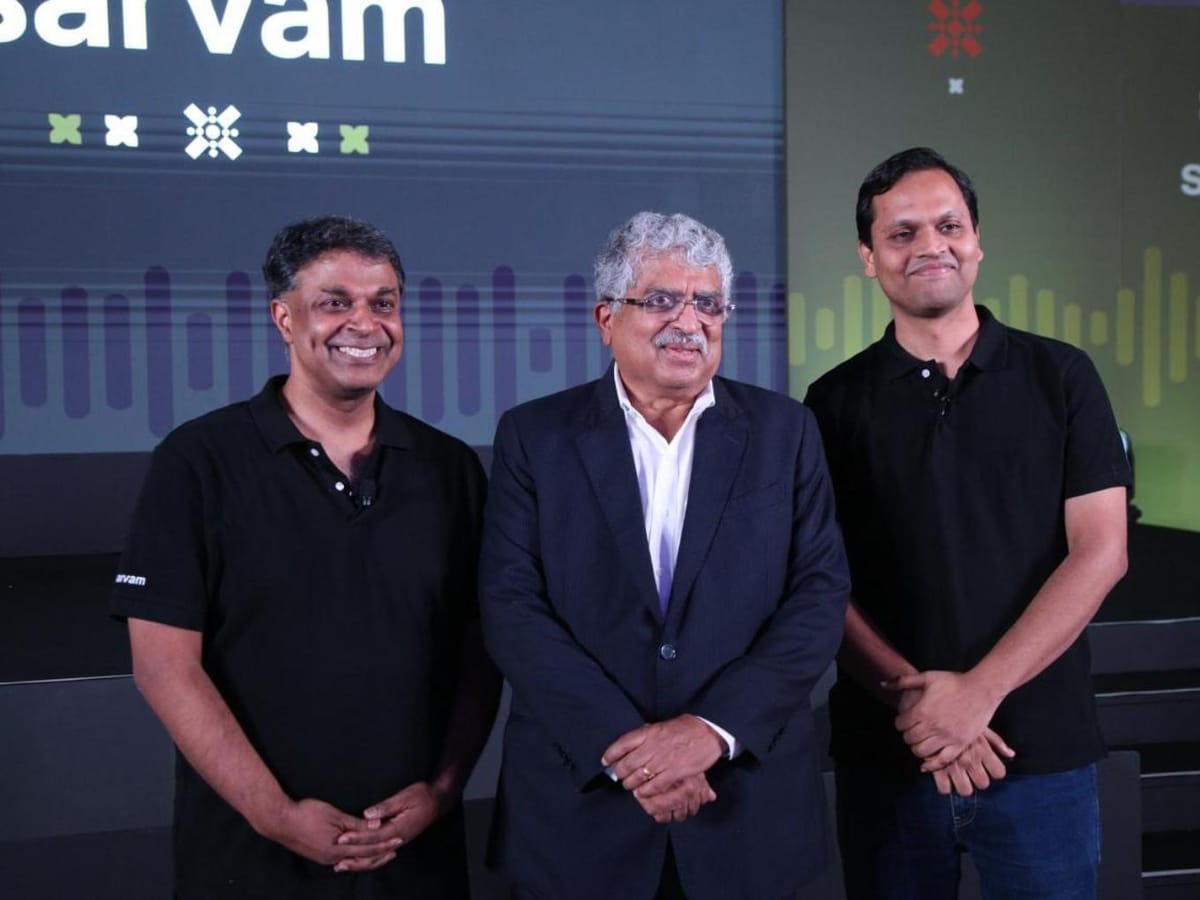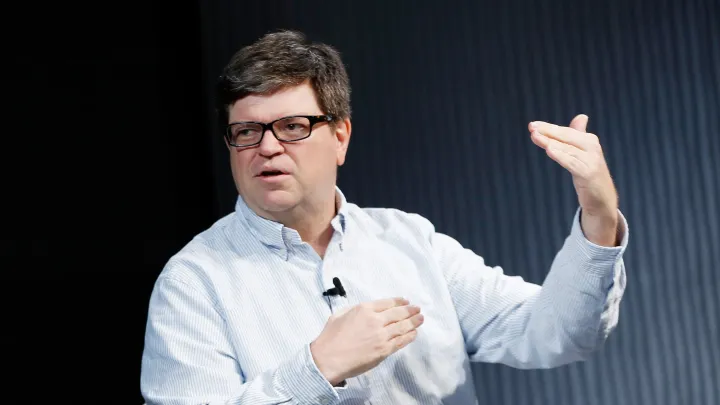India's First Foundational Model Will Not be Open-Source
Since taxpayer money is funding this project, expectation was it will be open source

Recently, the government of India selected Bengaluru-based AI startup Sarvam AI as part of the IndiaAI Mission to develop India's first foundational models. IT Minister Ashwini Vaishnaw make the announcement on Saturday while speaking at the launch of the guidelines of the Electronics Component Manufacturing Scheme (ECMS).
Sarvam is expected to receive support equivalent to ₹220 crore, primarily in the form of free access to around 4,000 Nvidia H100 chips for six months—essential hardware for training advanced AI models.
The IndiaAI Mission, backed by an allocation of ₹10,300 crore, aims to support key initiatives including the IndiaAI Compute Capacity, Innovation Centre, and Datasets Platform. One major component involves setting up a shared computing facility with 18,693 GPUs.
"Building India's sovereign model from the ground up is a crucial step toward Atmanirbhar Bharat. The model will be fluent in Indian languages, designed for voice, capable of reasoning, and ready for secure, population-scale deployment," Sarvam AI said.
Minister Vaishnaw also revealed that more applicants will be selected as part of the IndiaAI Mission.
Everything sounds promising so far. However, the model developed by Sarvam AI will not be open-source. Since taxpayer money is funding this project, the model should be open-source — ensuring transparency, public accountability, and wider access to innovation driven by public investment.
Paras Chopra, founder of Wingify( now sold to Everstone Capital), has raised concerns. In a X (formerly Twitter), he said, "So you’re telling me that Deepseek with private funds can release an open source model, but govt awarding Rs 220 crores of public funds to Sarvam isn’t asking for the same? This is taxpayers money, so the full pipeline ought to be open source!"
So you’re telling me that Deepseek with private funds can release an open source model, but govt awarding Rs 220 crores of public funds to Sarvam isn’t asking for the same?
— Paras Chopra (@paraschopra) April 27, 2025
This is tax payers money, so the full pipeline ought to be open source! pic.twitter.com/bMxCruuwGh
Chopra is not wrong. When public funds are used, the outcomes should be publicly accessible. Open-sourcing ensures transparency, drives broader innovation, prevents concentration of power, and ensures that the public, which financed the effort, truly benefits from the research and its applications.
If India aspires to become a global leader in AI, it must harness the power of open-source innovation. Today, India lags far behind countries like the U.S. and China, which dominate in AI research, patents, and model development. Embracing open-source is essential to close this gap and foster a thriving AI ecosystem.
Last year, Sarvam AI did release an open-source small language model, built completely from scratch. The model, called Sarvam 2B, was trained on 4 trillion tokens of data.
Moreover, given the background of Kumar and co-founder Vivek Raghavan, both veterans in AI research, public infrastructure, and large-scale systems, there was a strong expectation that the model would be open-source — aligning with their track record of building technology that serves the public good and promotes transparency and accessibility.
Responding to this, Kumar said, "This is not a grant. A gov body will take equity in Sarvam for the compute we receive. And we are committed to building public interest use-cases and enabling the ecosystem in various ways, such as hyper-optimising the inferencing costs in India. BTW, we as a country have a long way to go in AI."



Comments ()